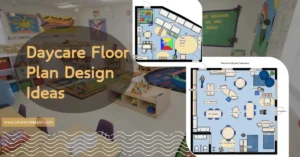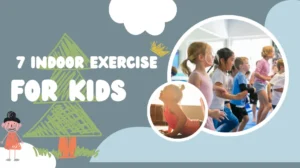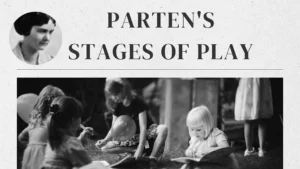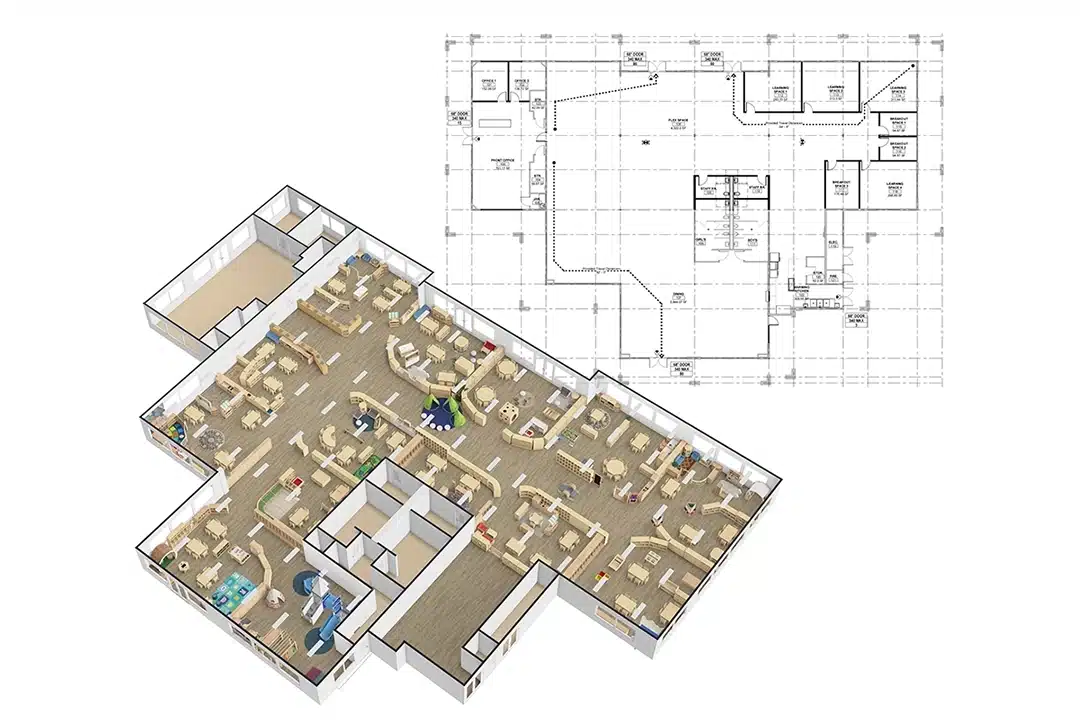How do you properly use a pikler triangle with toddlers? Is it just for climbing, or are there more creative and fun ways to use it? How safe is it for babies and young children to explore freely? Will using it support their physical and cognitive development?
When you use a Pikler Triangle the right way, it opens up a world of benefits. It helps your child build core strength, improve balance, and develop spatial awareness through active play. The possibilities are endless, from climbing and sliding to turning it into a tunnel, fort, or even a puppet theater. This Montessori-inspired tool fosters independence, creativity, and motor skill growth, all while keeping your child engaged and safe in self-led exploration.
There’s more than one way to use a Pikler Triangle, and each approach unlocks unique developmental benefits. With the right setup and guidance, it becomes a powerful tool for everyday learning and purposeful play. Let’s explore.
How to Use a Pikler Triangle?
Using a Pikler Triangle in early childhood environments such as kindergartens, daycare centers, or Montessori schools requires much more than just setting it on the floor and letting children climb. To maximize its developmental potential—and ensure safety—you need a thoughtful strategy that blends child-led play, environmental protection, and educator support.
Introduce the Pikler Triangle Slowly and Respect the Child’s Pace
The first rule when you use a Pikler Triangle is never to rush the process. Children should never be forced onto the structure or “trained” to use it. The Pikler Triangle is designed for self-initiated play. That means you must allow children to explore it at their own pace.
Initially, infants and toddlers may crawl under, touch, or observe others using it. This observation phase is crucial, especially in Montessori-inspired classrooms, where modeling behavior is often more effective than direct instruction. Don’t interrupt or guide too much—let curiosity lead.
Respecting the child’s timeline fosters confidence. Each child chooses the right time to begin climbing, crawling, or hanging. This self-paced discovery is what sets the Pikler Triangle apart from traditional toys.
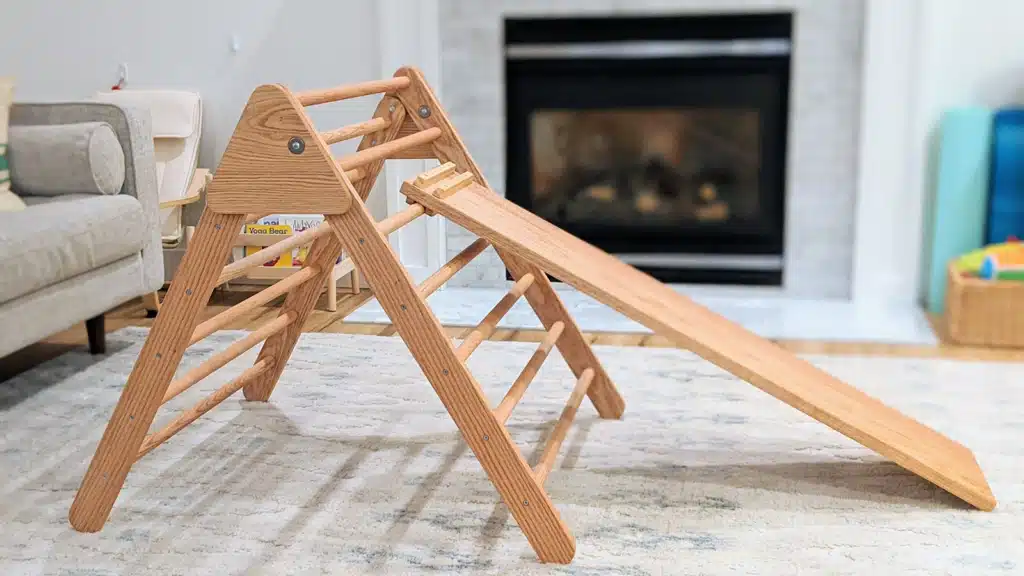
Demonstrate Safe Use Without Taking Over the Play
While children lead the experience, teachers or caregivers must still model safe use when necessary. This doesn’t mean placing children on the triangle or dictating their play—it might mean showing them how to hold a bar, balance on a step, or get down safely.
Modeling can be subtle: placing your hands on the structure, climbing a single step, or slowly sliding down a ramp. Keep your movements slow and exaggerated so they can process what they see. Children learn through imitation, especially at the toddler and preschool ages.
The goal is not to instruct but to support. When adults use the Pikler Triangle alongside children or demonstrate quietly, they create a space of trust. This form of indirect guidance encourages safer, more mindful movement.
Encourage Free Play Without Over-Structuring
One of the most prominent mistakes educators make is turning the Pikler Triangle into a “goal-oriented” task—“climb to the top,” “go faster,” “slide now.” This contradicts its purpose. When you use a Pikler Triangle, you’re offering open-ended exploration, not achievement-based activity.
Free play encourages children to invent rules, experiment with their abilities, and respond to their motivation. This is vital for developing intrinsic motivation, which is essential to emotional resilience and independence.
Let the children decide whether the triangle becomes a mountain, a bridge, or a secret fort. Some may use it for pretend play, draping blankets over it to create a cave. Others may generate obstacle courses by adding tunnels, ramps, or balancing board. The richness lies in the freedom.
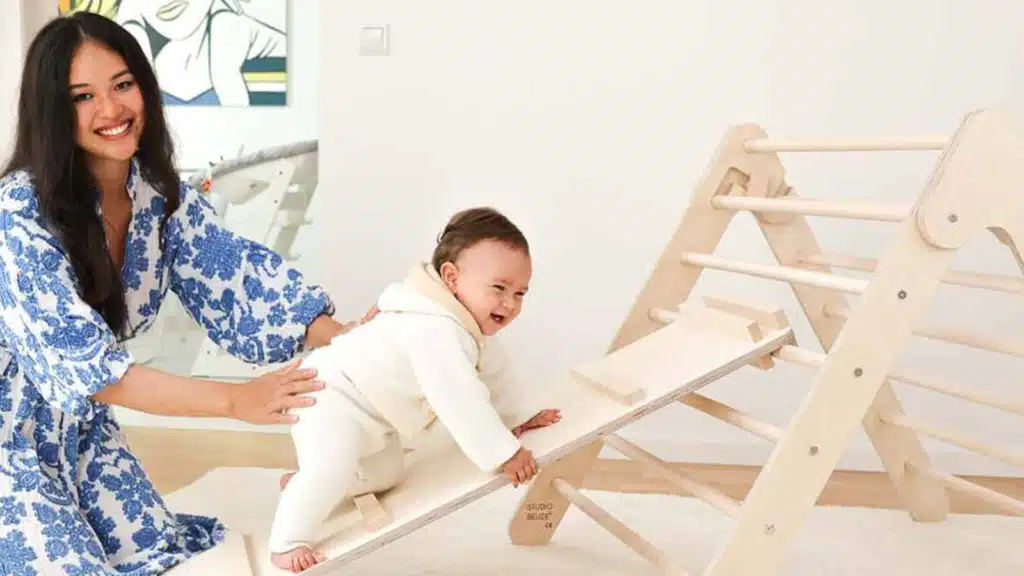
Observe How Your Child Uses It to Understand Their Development
Every time a child climbs, crawls under, or hangs from a Pikler Triangle, they communicate something about their development. As educators and professionals, observation becomes a tool for understanding physical progress, emotional confidence, and social behaviors.
You may notice some children use the Pikler Triangle to test boundaries—climbing to the highest point to see how far they can go. Others may remain on the lower rungs for weeks, slowly building their comfort. Neither is right nor wrong. Each movement reveals their physical coordination, risk-taking tendency, and sensory processing.
Educators can note growth in grip strength, balance, visual tracking, and coordination by documenting their interactions over time. This observational data is valuable when communicating with parents, planning curriculum, or making recommendations for additional physical activity support.
Set Clear Boundaries to Ensure Safety During Exploration
Even though the Pikler Triangle is designed with child safety in mind, supervision and structured boundaries are essential. Place it on a soft, non-slip surface like a carpet or rubber mat. Remove nearby furniture or complex objects that a child could fall onto.
Establish rules that are easy for children to understand. For example:
- Only one child on the triangle at a time.
- No pushing or crowding.
- Use barefoot or with grippy socks (no slippery footwear).
Check the structure regularly for loose parts or instability. In institutional use, like kindergartens, opt for models that meet EN71 or ASTM safety standards. At XIHAMontessori, we supply triangles with these certifications specifically for institutional buyers.
By setting boundaries while still allowing freedom, children develop physical competence and risk-awareness—two essential skills for real-world safety.
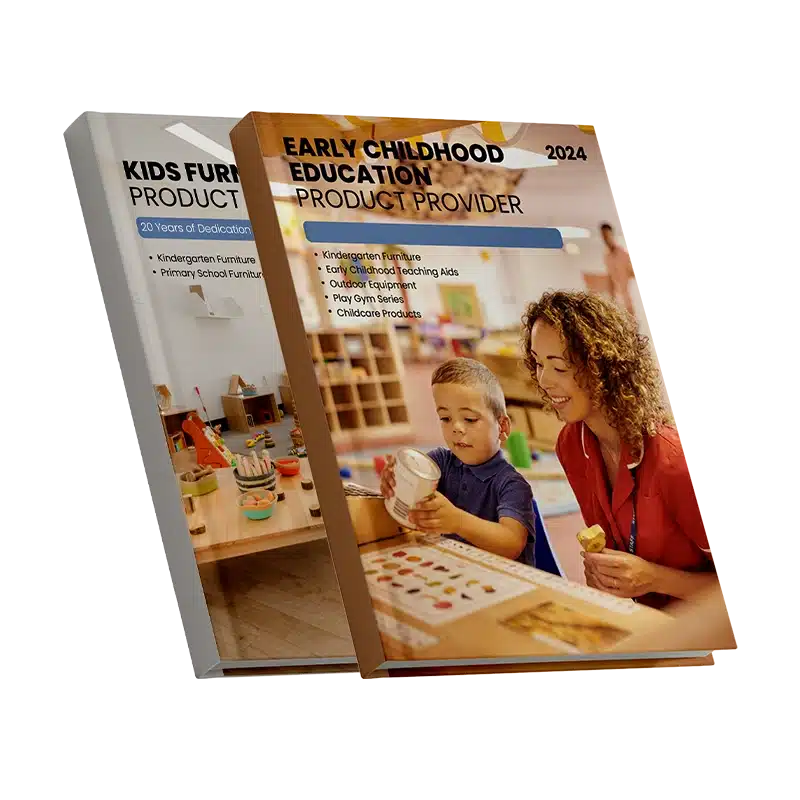
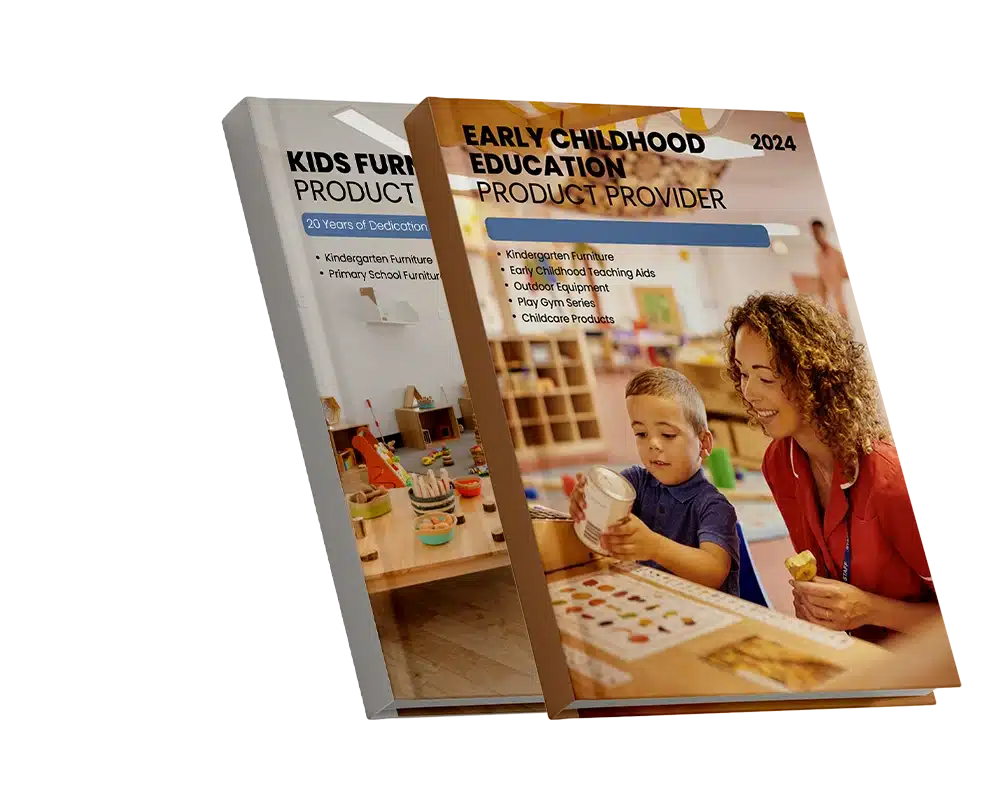
What Are the Benefits of Using a Pikler Triangle Inspired by Emmi Pikler?
Dr. Emmi Pikler, a Hungarian pediatrician, believed that motor development should be child-led and free from adult interference. The Pikler Triangle was designed with this philosophy in mind, and when implemented correctly, its benefits stretch far beyond physical strength.
Gross Motor Skill Development
Climbing, stepping, reaching, and crawling all engage the large muscle groups. These activities build leg and core strength while improving coordination. In the early years (0–6), gross motor control is the foundation for later fine motor skills and academic readiness.
Children who regularly use climbing equipment are better prepared for tasks like writing, sitting upright at a table, or balancing during physical games.
Encourages Physical Activity
Unlike passive toys or screen-based learning, the Pikler Triangle gets children moving. In kindergartens and early learning centers, it provides a consistent, safe opportunity for children to be active indoors, especially during rainy or winter days.
More movement means healthier cardiovascular development, better appetite regulation, and improved sleep patterns. It also supports attention span and self-regulation during seated tasks.
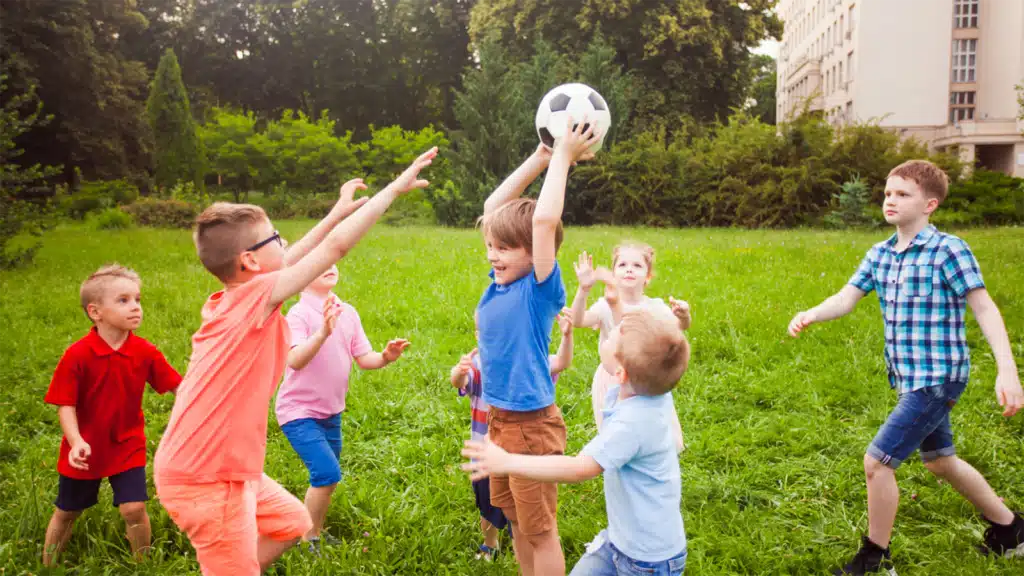
Spatial Awareness Improvement
Children who use a Pikler Triangle learn to judge distance, height, and space. Climbing over or under the structure requires calculation and body mapping—crucial aspects of spatial awareness.
This skill is directly linked to academic success in math and geometry later in life. A child who knows how to maneuver their body safely is also less likely to be clumsy or injured in everyday settings.
To Teach Crawling
For younger children, particularly those under one year old, the triangle can be used to encourage crawling. Place toys or familiar objects just out of reach and allow them to move under or through the structure. This builds arm and leg coordination while encouraging visual tracking.
Crawling is a critical stage that supports bilateral integration—the ability to use both sides of the body together. Skipping this stage can delay other forms of movement, so encouraging crawling through the use a pikler triangle is both playful and purposeful.
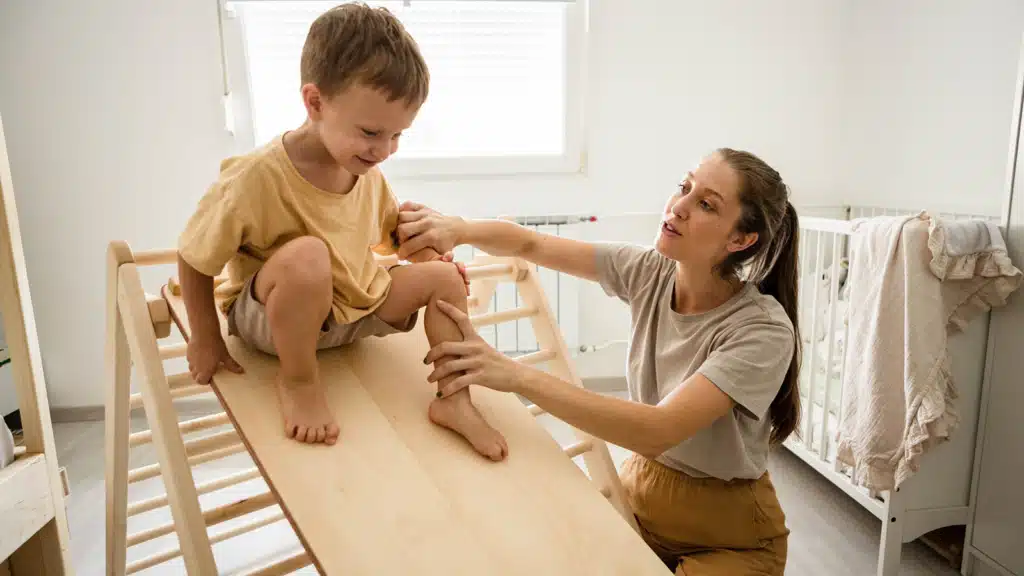
Learn to Transition from Stand to Sit Safely
Many toddler accidents happen during transitions—from standing to sitting, or descending from furniture. The Pikler Triangle helps children practice these movements in a controlled and repeatable way.
They learn how to bend knees, lower their center of gravity, and hold onto support bars—all while building the muscle memory needed for safe movement in other environments.
Boosted Confidence and Independence
When children realize they can climb to the top of a triangle alone, something incredible happens: they trust themselves more. Confidence gained through physical success often spills into emotional areas, like social interaction or language development.
This growing independence can reduce clinginess, build resilience, and promote a calmer learning environment for early childhood classrooms.

Cognitive Development
When children use a Pikler Triangle, they’re building physical skills and exercising their brains. Climbing and balancing require problem-solving, planning, and focus. These movements strengthen executive function, a key part of early cognitive development. Kids decide where to place their hands or feet, evaluate their limits, and adjust when things don’t work. These decisions sharpen memory, coordination, and flexible thinking. Through free play on the triangle, children learn to think ahead, adapt, and build confidence in their abilities.
Safe and Controlled Climbing
Using a Pikler Triangle offers a safe way for toddlers to explore their natural climbing instincts. Unlike chairs or furniture, the triangle is low, stable, and designed for young children’s size and strength. When you use a Pikler Triangle, it creates a safe environment for daily climbing practice, reducing the risk of dangerous behavior elsewhere. Children learn to move carefully, descend safely, and understand their limits. For kindergartens and daycare centers, it’s a reliable way to support active play while keeping safety at the forefront.
Supports Parent-Child Bonding
When families use a Pikler Triangle at home or in parent-involved classrooms, it creates quiet moments of connection. Parents can observe, cheer, or be present as a child climbs or explores, building emotional trust. Small gestures like clapping or smiling during a child’s first climb boost confidence and attachment. In educational settings, the triangle encourages shared experiences during visits or open houses. It becomes more than a play structure—a bridge for meaningful interaction between children and the adults who support them.


Fun Games and Activities with a Pikler Triangle
Using a Pikler Triangle in early childhood settings doesn’t need to be limited to climbing up and down. With some creativity, this versatile structure can become the centerpiece of dozens of fun, educational, and open-ended play activities. For educators and preschool owners, knowing how to use a Pikler Triangle in multiple ways allows you to make the most of your space, stimulate imagination, and support physical and cognitive development all at once.
Build an Obstacle Course
Using a Pikler Triangle as the anchor for an obstacle course adds excitement, challenge, and developmental value to physical play. Children climb, crawl, balance, and jump, improving motor coordination and confidence.
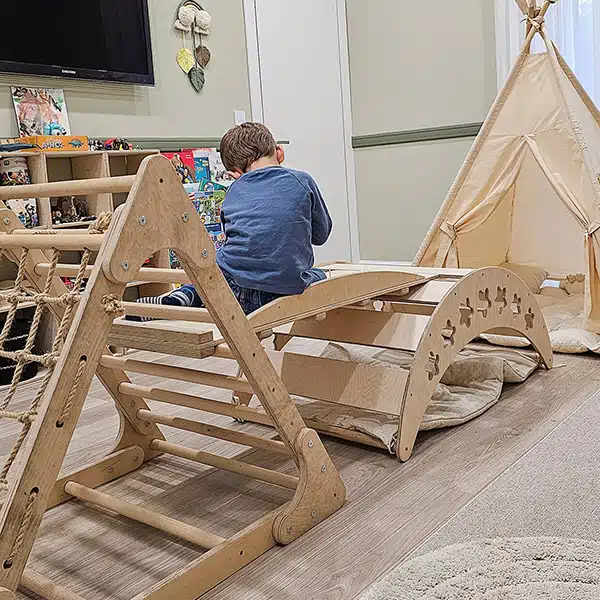
How to use it:
- Place the triangle as a mid-point in a larger course with soft mats, balance beams, stepping stones, or hula hoops.
- Let children climb over the triangle, slide down a ramp, then continue through other physical stations.
- Adjust complexity based on the age group.
Benefits:
- Supports gross motor development through varied movement.
- Encourages problem-solving as children sequence steps and adjust actions.
- Promotes physical literacy in a safe, structured environment.
By incorporating it into dynamic layouts, you use a Pikler Triangle not as a static object, but as a fluid part of an evolving physical learning experience.
Build a Tent / Fort / Cave / Reading Nook
Children crave cozy spaces, and the Pikler Triangle can easily become a calming retreat. With a simple fabric drape, it transforms into a comforting hideout that supports social-emotional growth.
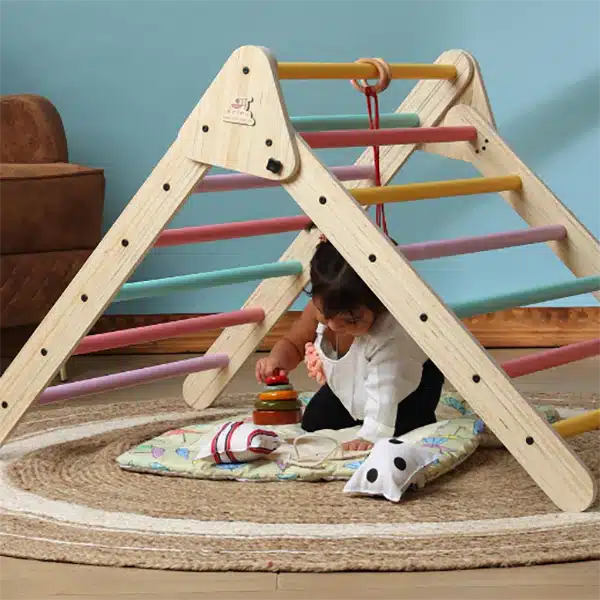
How to use it:
- Drape a blanket or large cloth over the triangle to enclose it.
- Add pillows or a small rug underneath to create a soft interior.
- Use it for solo quiet time, pretend play, or as a reading corner.
Benefits:
- Offers a calming sensory space for children needing downtime.
- Supports imaginative scenarios like camping, cave discovery, or storytelling.
- Enhances independence by giving children control over their environment.
When you use a Pikler Triangle to build cozy spaces, you’re teaching children that environments can be adapted to their needs and feelings—a core principle of Montessori and Reggio methods.
Build a Tunnel
The Pikler Triangle can also serve younger children not ready to climb by becoming a stimulating crawl tunnel. This encourages exploratory behavior, directional thinking, and sensory play.
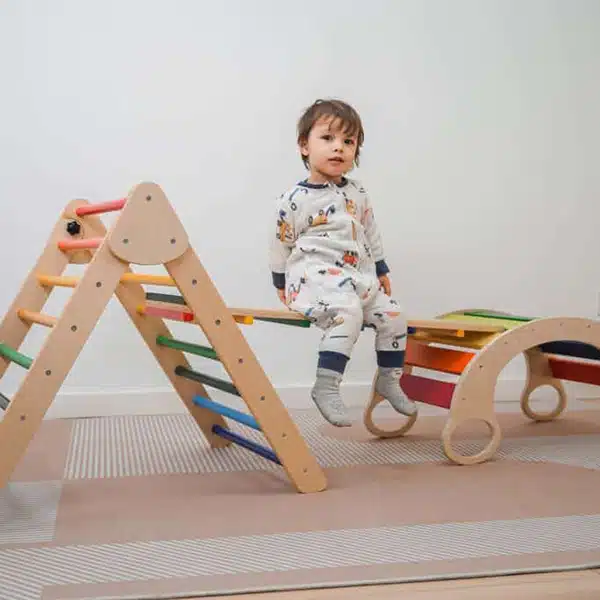
How to use it:
- Cover the triangle with a lightweight sheet to create a tunnel.
- Place toys or visual prompts at either end to encourage crawling.
- Use sound, texture, or light to vary sensory input inside the tunnel.
Benefits:
- Supports early-stage movement like crawling and scooting.
- Develops spatial awareness and body control.
- Encourages bilateral coordination (both sides of the body working together).
This approach is especially effective for children under 2 years. When you use a Pikler Triangle in this way, you provide important vestibular and proprioceptive input through playful exploration.
Make a Hammock
The Pikler Triangle isn’t just for active play—it can also support restful, calming experiences. Turning it into a hammock introduces rocking motions that soothe the nervous system.
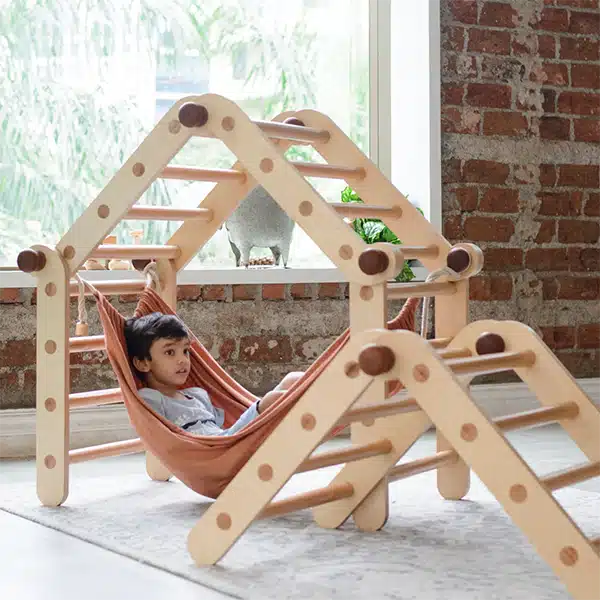
How to use it:
- Tie a soft but secure fabric or sheet between the two sides of the triangle.
- Ensure it’s tightly attached and close to the floor for safety.
- Allow children to lie or gently rock in the hammock with supervision.
Benefits:
- Offers sensory regulation through rhythmic movement.
- Creates a calming zone for overstimulated children.
- Adds emotional variety to the play space—balancing high energy and rest.
When you use a Pikler Triangle as a hammock, you reinforce the idea that play equipment can support a full range of developmental needs, including physical exertion and emotional regulation.
Build a Theater for a Puppet Show
Another powerful way to use a Pikler Triangle is as a platform for storytelling, language development, and pretend play. A simple curtain or backdrop becomes a stage for creativity.
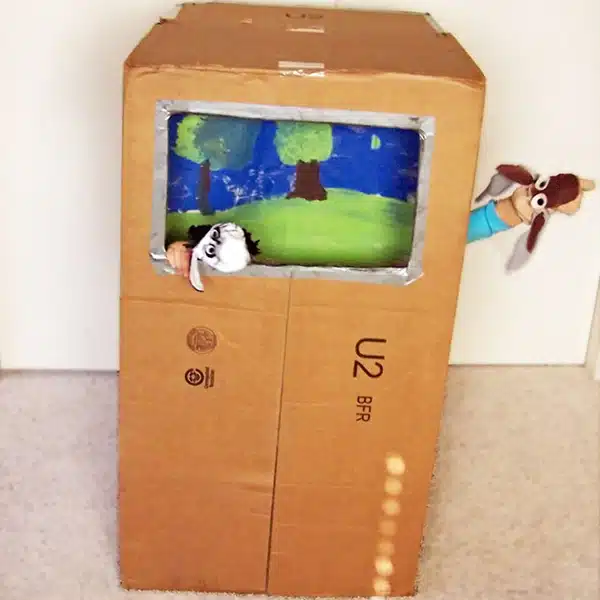
How to use it:
- Hang fabric or paper from the top rungs to form a curtain or background.
- Provide puppets or dolls for children to use.
- Encourage children to tell stories, sing songs, or perform plays.
Benefits:
- Develops expressive language and narrative skills.
- Supports confidence and public speaking in small group settings.
- Encourages social play and cooperation as children create stories together.
This activity supports cognitive, emotional, and linguistic growth simultaneously. It’s especially effective in Reggio Emilia-inspired classrooms, where storytelling and symbolic play are part of daily practice.


Hang Toys on the Pikler Triangle
When you use a Pikler Triangle as a sensory or interactive wall, it becomes more than just a climbing structure—it becomes a tool for focused fine motor engagement. Hanging toys from the bars invites exploration, grasping, and problem-solving.
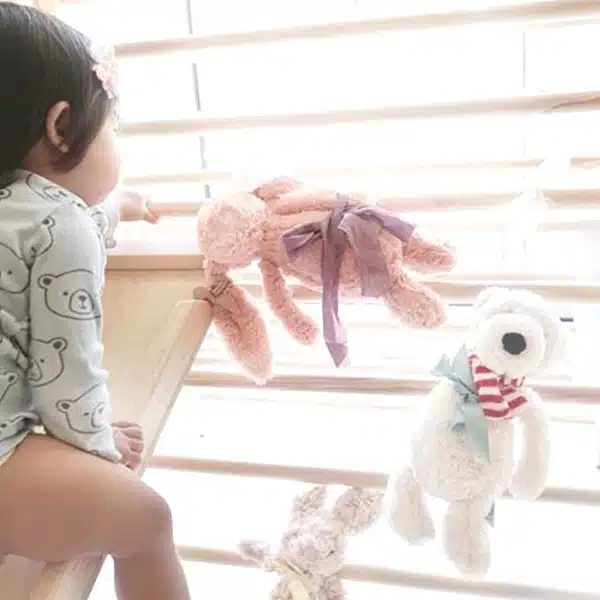
How to use it:
- Use soft toys, ribbons, silicone rings, or textured items with Velcro, clips, or loops.
- Hang toys from different levels of the triangle so children can reach up or bend down to interact.
- Rotate the toys daily to keep the activity fresh and stimulating.
Benefits:
- Enhances hand-eye coordination and grip strength.
- Offers visual and tactile stimulation for young toddlers.
- Encourages curiosity and interaction with the environment.
This is especially useful in infant and toddler classrooms where climbing may not yet be accessible. When you use a Pikler Triangle as a hanging toy frame, you offer younger children a purposeful, stationary activity that promotes sensory learning and object manipulation.
Play Fetch (Using a Soft Object)
Energetic play is essential in toddler classrooms. A safe, indoor-friendly way to use a Pikler Triangle for movement is to incorporate it into a fetch game or object retrieval challenge.
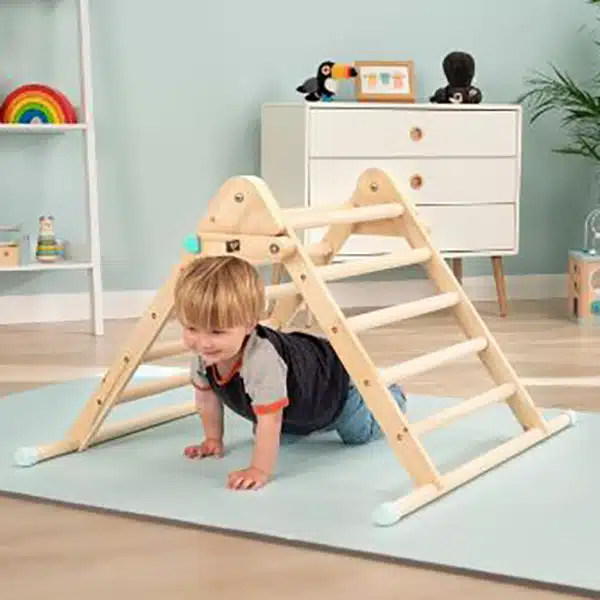
How to use it:
- Place a soft object like a ball or plush toy on the other side of the triangle.
- Encourage the child to climb over, crawl under, or navigate around the triangle to retrieve the item.
- Vary placement and movement each time for diversity.
Benefits:
- Promotes directional movement and physical agility.
- Builds recall and simple sequencing (“get the toy and bring it back”).
- Channels high energy into purposeful physical play.
This approach also works for children working on transition skills or who need motivation to move. When you use a Pikler Triangle in a playful, active way, you also support self-directed goal completion and gross motor refinement.
Rescue Mission
Transforming your Pikler Triangle into a “rescue site” turns everyday climbing into meaningful, role-driven activity. When you use a Pikler Triangle in dramatic play scenarios like rescues or adventures, you give children a reason to move with intention.
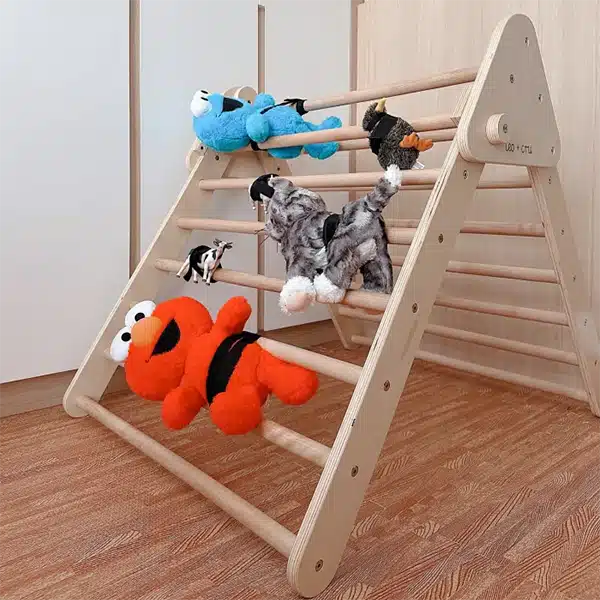
How to use it:
- Place a doll, animal figure, or favorite toy on top or underneath the triangle.
- Ask the child to “save” or “rescue” the character using climbing, crawling, or reaching techniques.
- Add simple props like ropes, hats, or walkie-talkies to enhance engagement.
Benefits:
- Strengthens physical skills through creative motivation.
- Enhances empathy and emotional expression.
- Builds narrative thinking as children explain their “mission.”
This is especially effective in group settings where children enjoy shared tasks. When you use a Pikler Triangle this way, you combine physical development with emotional engagement and social growth.
As an Indoor Gym
When you use a Pikler Triangle as an indoor gym setup, it becomes a central piece of your gross motor development area. It fills the gap for safe, meaningful movement indoors, especially in urban kindergartens or schools with limited outdoor space.
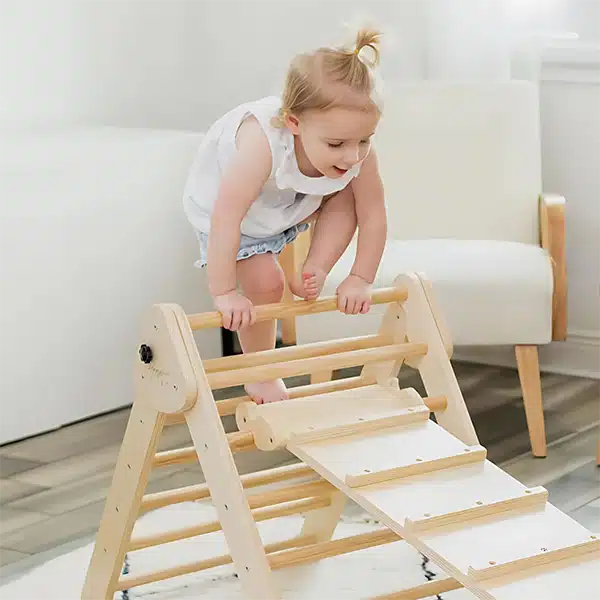
How to use it:
- Set up a complete play circuit with the triangle as the core feature.
- Include ramps, balance boards, stepping stools, and foam mats.
- Rotate groups of children to reduce waiting time and encourage participation.
Benefits:
- Provides consistent physical activity regardless of weather or location.
- Develops balance, core strength, and physical confidence.
- Ideal for both free play and guided physical education sessions.
This indoor gym setup helps educators use a Pikler Triangle to meet movement milestones within a structured school day.
Hands and Knees Play
Children on hands and knees are preparing for crawling, climbing, and standing. Using a Pikler Triangle for hands-and-knees play reinforces the weight shift, coordination, and visual processing needed for further movement.
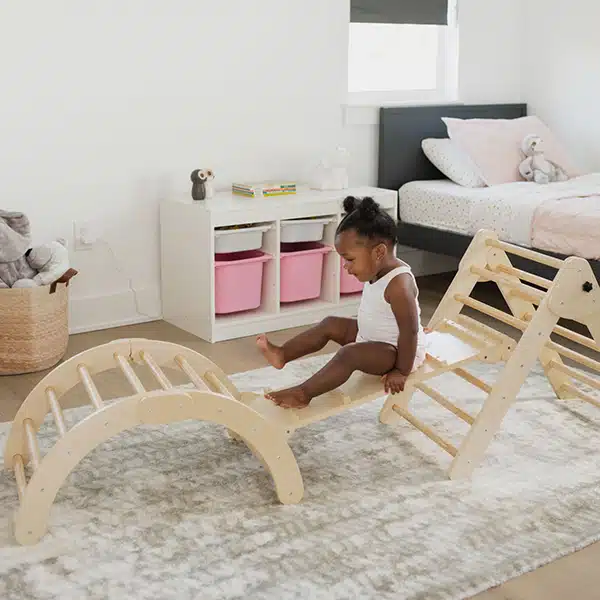
How to use it:
- Place soft fabric or mats under the triangle.
- Encourage the child to reach, push, or crawl toward toys near or under it.
- Use gentle music or caregiver cues to direct movement rhythmically.
Benefits:
- Strengthens the arms, shoulders, and hips.
- Helps children learn to transition from floor to triangle interaction.
- Builds body coordination in a playful, non-threatening way.
This stage supports both physical readiness and confidence-building in infants preparing to take their first steps.
Create a Crawling Labyrinth
A crawling labyrinth is an excellent way to use a Pikler Triangle to extend low-to-the-ground exploration. This suits infants, toddlers, or children developing gross motor skills.
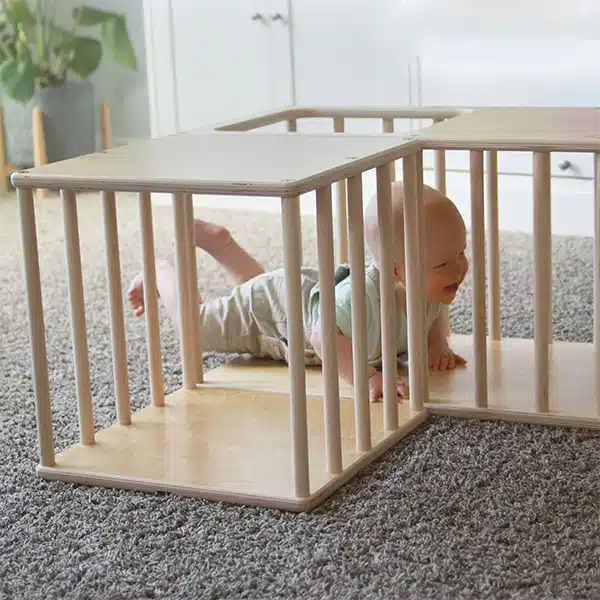
How to use it:
- Combine the triangle with soft tunnels, arches, and cushions.
- Drape fabric or hang sensory objects from the triangle to make the pathway more engaging.
- Set a goal at the end (a familiar toy or visual prompt) to encourage movement.
Benefits:
- Enhances spatial awareness and body navigation.
- Offers a slow, mindful alternative to high-energy climbing.
- Supports focus and attention in an age-appropriate setting.
This setup can remain in the environment as a free-choice zone or be used in structured movement sessions, making it a flexible and repeatable option.
Use It in Thematic Play and Storytelling Activities
Children thrive when learning is embedded in narrative. When you use a Pikler Triangle in thematic play or storytelling, it acts as a setting, character, or tool in children’s imaginative worlds.
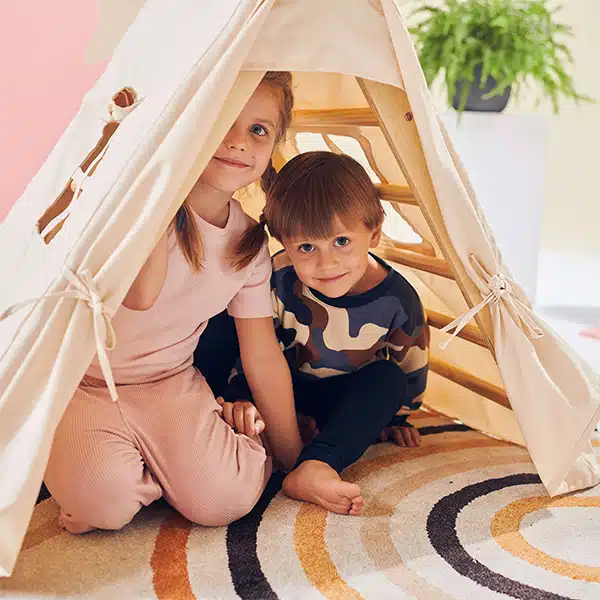
How to use it:
- Decorate it to match a classroom theme (jungle vines, pirate ship, castle tower).
- Use it as part of a guided story with movement—e.g., climb the “mountain” to rescue a friend.
- Encourage children to act out stories or role-play using props.
Benefits:
- Supports language development and narrative comprehension.
- Integrates physical and cognitive engagement.
- Encourages symbolic thinking and social interaction.
This form of play aligns with both Montessori and Reggio Emilia approaches, where environment and imagination are active components of education.


Types of Climbing Frames for Early Childhood Settings
Climbing frames come in many forms, each designed to support different stages of physical development, spatial awareness, and active play. Choosing the right type depends on age, space availability, and learning philosophy—especially if you’re running a Montessori, Reggio Emilia, or mixed-method environment.
Below are the most common types of climbing frames found in early childhood environments:
Pikler Triangle
This is a classic Montessori-inspired climbing frame designed for self-led gross motor development. When you use a Pikler Triangle, children learn to pull up, climb, balance, and descend—all at their own pace. It’s ideal for infants to preschoolers (6 months to 5 years) and encourages independence, coordination, and confidence.
Best for: Indoor use, Montessori classrooms, toddler motor development
Can be combined with: Ramps, slides, bridges, and tunnels
Core benefits: Open-ended use, foldable for space-saving, safe for early walkers
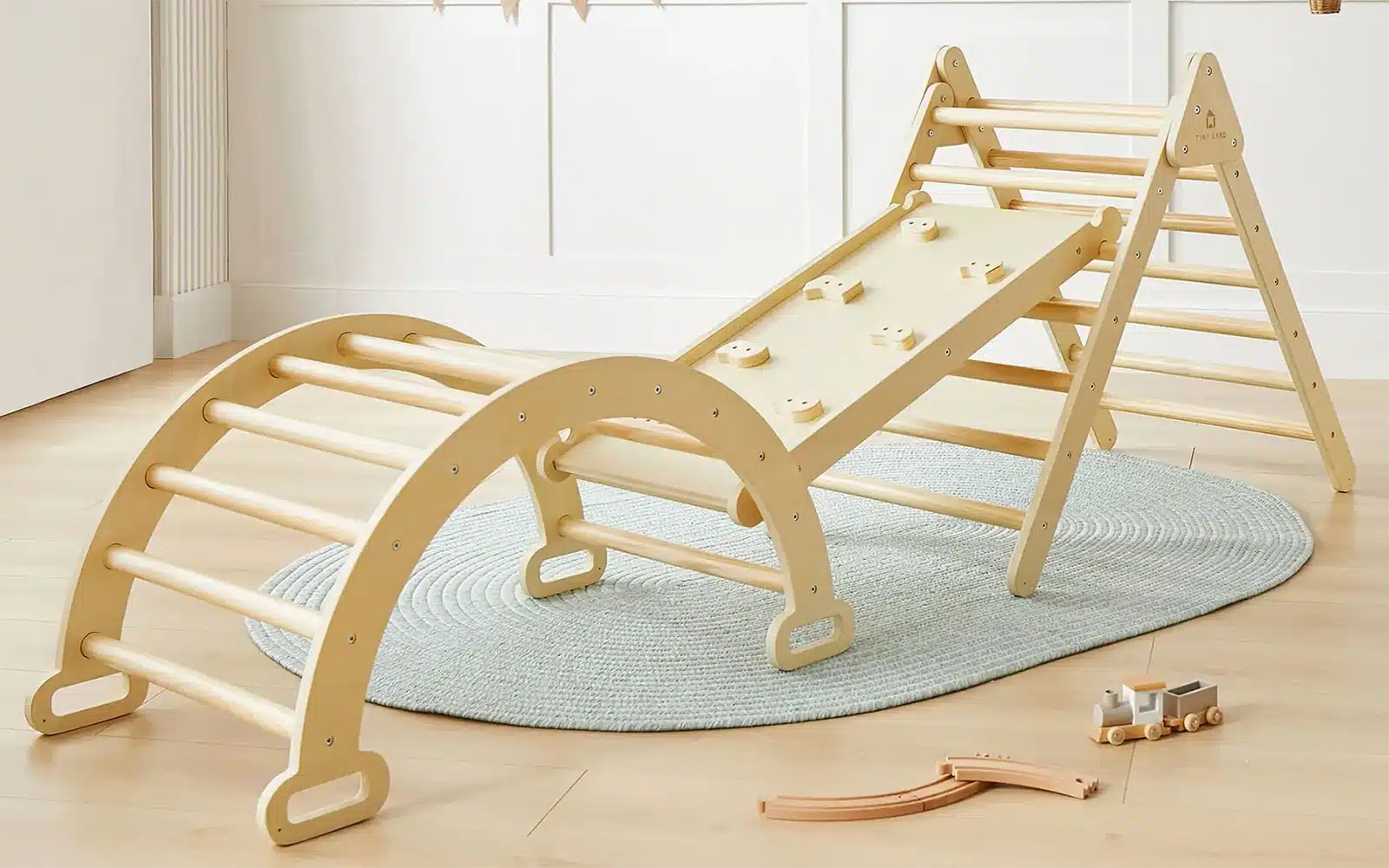
Dome Climbers
Geodesic dome climbers are often made of plastic or metal and are suitable for outdoor or large indoor gym spaces. They offer multi-directional climbing, which helps children develop strength, agility, and coordination.
Best for: Older toddlers and preschoolers (ages 3+)
Use in: Outdoor playgrounds or large activity rooms
Core benefits: Full-body workout, social play, encourages problem-solving

Climbing Cubes or Play Towers
These are box-like wooden structures with steps, ladders, slides, and platforms. They are often modular and designed for structured climbing play. Unlike the open-ended Pikler Triangle, they usually have a designated “start” and “end” point.
Best for: Indoor use in kindergartens or playrooms
Use for: Group play, storytelling, gross motor sessions
Core benefits: Multi-child use, can integrate slides or sensory panels
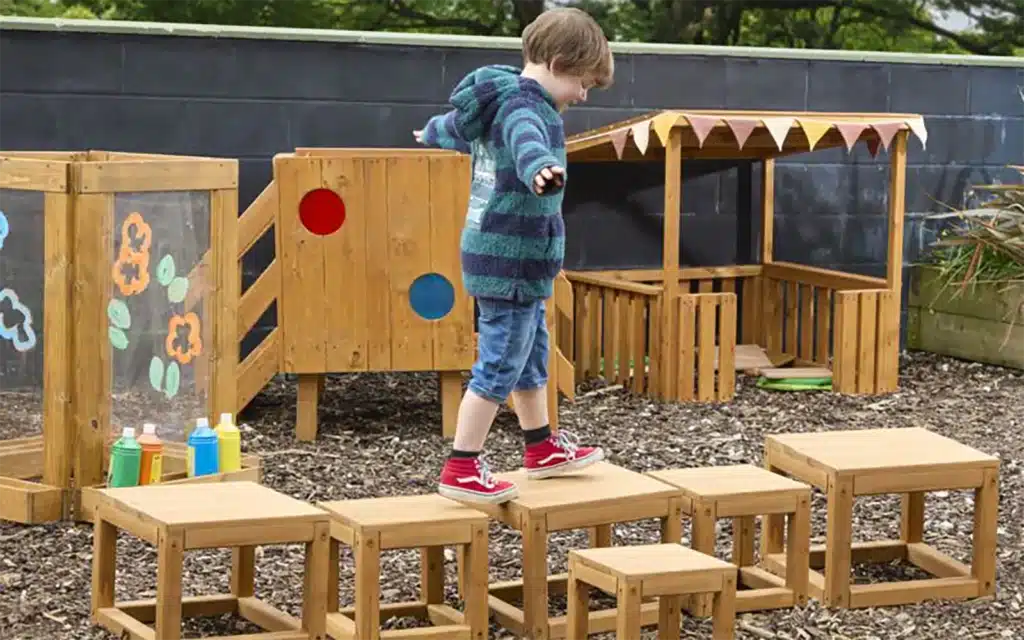
Climbing Arches (Rainbow Arches)
Similar in concept to the Pikler Triangle, climbing arches are curved wooden frames that can be flipped to become rockers or tunnels. Using a Pikler Triangle alongside a climbing arch offers a complete movement set for balancing, rocking, crawling, and climbing.
Best for: Infants and toddlers (6 months to 3 years)
Use in: Montessori, Reggio Emilia, or Waldorf-style classrooms
Core benefits: Versatility, imaginative use, gentle for early movers

Wall-Mounted Climbing Panels
These are vertical climbing panels installed on walls, often with grips and pegs similar to rock climbing walls. They’re more suitable for older children (4+), as they require more upper body strength and body control.
Best for: Preschools with strong safety protocols
Use for: Advanced motor skill training, PE classes
Core benefits: High engagement, builds strength and determination
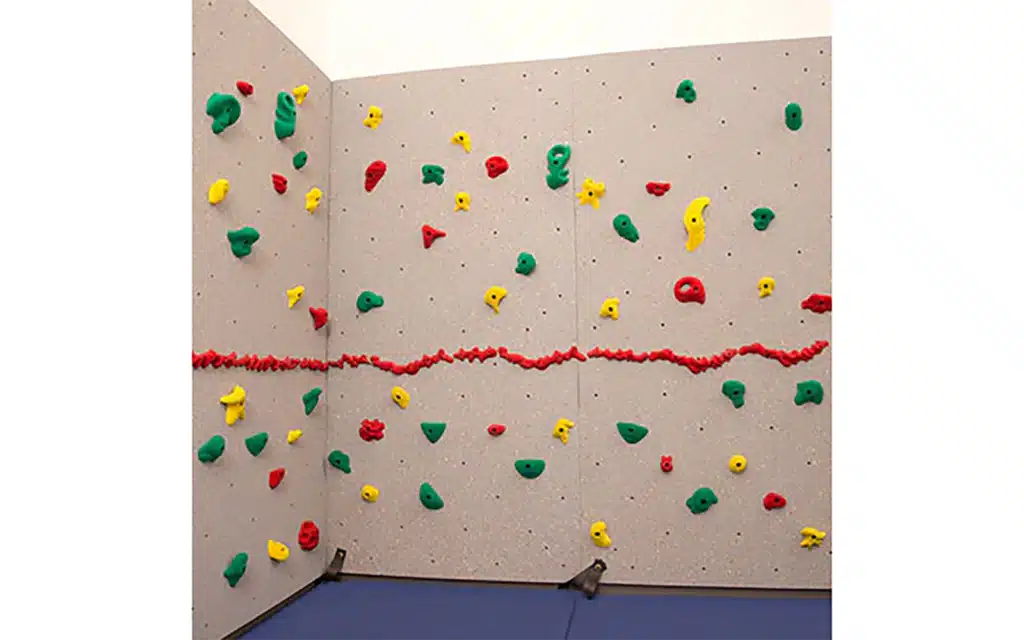
Soft Play Climbing Sets
These include foam shapes, steps, wedges, and ramps covered in vinyl. They are great for infants and toddlers just learning to navigate elevation safely.
Best for: Early infant and toddler rooms (6–24 months)
Use for: Safe indoor gross motor play, crawling and climbing practice
Core benefits: Fall-safe, stackable, encourages exploration
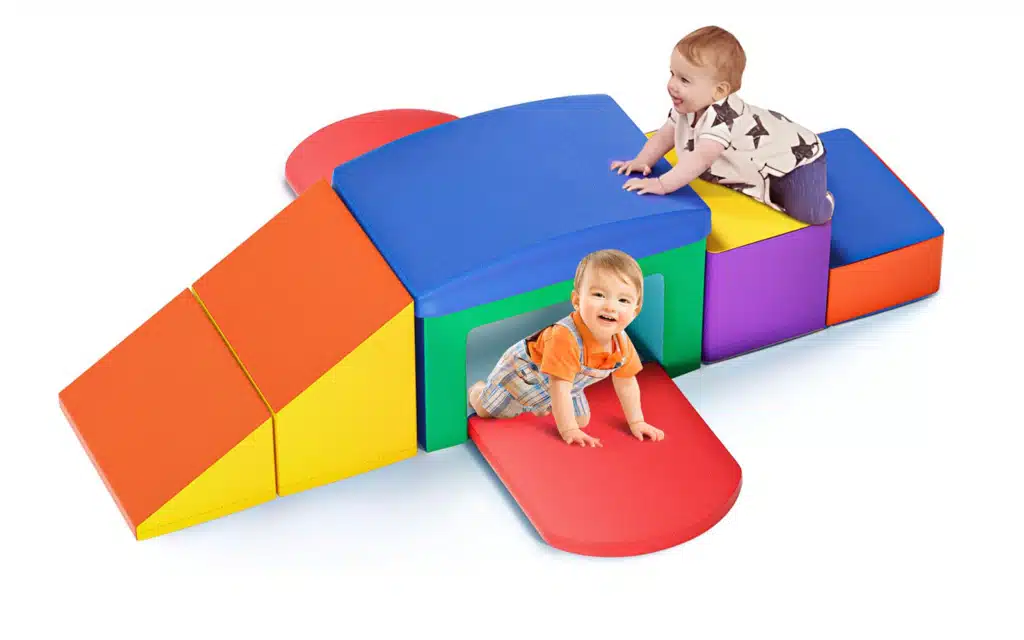
Modular Climbing Systems
These are large-scale play systems that include multiple climbing elements: ropes, nets, steps, and tunnels. While more common in public playgrounds, some schools with larger spaces install indoor versions.
Best for: Large facilities, outdoor use
Use in: Parks, private schools, large kindergartens
Core benefits: Full-body challenge, group interaction, obstacle-course use
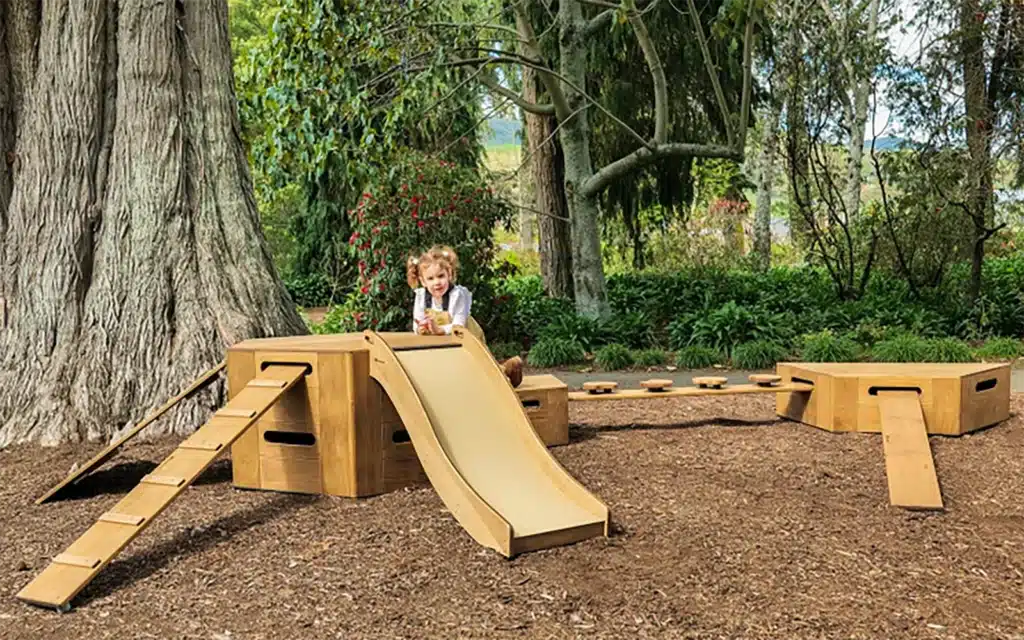


Common Safety Tips and Misconceptions
When you use a Pikler Triangle, safety is essential—not just for compliance, but to build trust with families, caregivers, and educational staff. Despite its growing popularity in Montessori and early childhood environments, the Pikler Triangle is often misunderstood. Some believe it’s only for older toddlers, while others worry about injury risks or misuse. These misconceptions can prevent educators from taking full advantage of this powerful learning tool.
Misconception: It’s Only Safe for Older Children
Many assume that the Pikler Triangle set is only appropriate for children over 2 or 3 years old. However, a Pikler Triangle can be safely used with children as young as 6 months, provided it’s used appropriately. Younger children typically interact by crawling under, pulling up, or observing others.
Safety tip: Remove ramps or accessories that introduce steep angles for infants and young toddlers. Instead, place the triangle on a soft surface and supervise exploration. Encourage early movement stages like pulling to stand or crawling through.
Misconception: Children Will Fall and Get Hurt
Falls can happen, but the risk of serious injury is minimal when you use a Pikler Triangle correctly—on a soft mat, under supervision, and within a controlled space. What’s often overlooked is that the triangle helps prevent unsafe climbing by giving children a designated, purpose-built climbing tool. Without it, many children try to climb chairs, shelves, or other unstable furniture.
Safety tip: Always place the triangle on a padded or carpeted area, away from walls or complex objects. Teach children to climb barefoot or in grippy socks to avoid slipping.


Misconception: Climbing Toys Cause Aggressive Behavior
Some educators fear that adding climbing equipment could increase rough play or competition. In truth, using a Pikler Triangle in a Montessori-aligned setting encourages self-paced, independent movement, not chaotic group climbing.
Safety tip: Set clear classroom rules: one child on the triangle at a time, no pushing, and always climb from bottom to top. These boundaries foster respect and allow the triangle to function as a peaceful, focused tool.
Misconception: It Doesn’t Need Regular Maintenance
Because the Pikler Triangle is often made from solid wood and appears durable, many assume it’s a set-it-and-forget-it piece of equipment. But when you use a Pikler Triangle daily in a kindergarten or daycare environment, it’s subject to wear and tear, especially with multiple children climbing, gripping, and interacting with it over long periods.
Wood can expand or contract with humidity, screws may loosen slightly with constant use, and surfaces can develop micro-splinters over time if not properly sanded and maintained. Establish a maintenance routine to ensure safe and long-term usage. Check for stability weekly, tighten all hardware monthly, and lightly sand any rough areas as needed.
FAQs
1. What age is appropriate to start using a Pikler Triangle?
Depending on developmental readiness, children can use a Pikler Triangle safely as early as 6 months old. Infants may begin by crawling under the triangle or pulling up on the bars. They begin climbing, balancing, and exploring at higher levels as they grow. For toddlers and preschoolers, the triangle continues to offer age-appropriate challenges.
2. Can multiple children use a Pikler Triangle at the same time?
While the Pikler Triangle is durable enough for group settings, it’s designed to promote focused, safe, self-paced exploration for one child at a time. When you use a Pikler Triangle in a classroom, it’s essential to manage usage through turn-taking or rotations, especially in multi-age groups. Consider combining multiple triangles or adding ramps and climbing boards to create stations that safely support several children within the same space for simultaneous use.
3. How can I ensure safe use of the Pikler Triangle in a busy classroom?
To safely use a Pikler Triangle in high-traffic environments like kindergartens or daycare centers, follow a few key practices: place it on a padded surface, set clear usage rules (e.g., no jumping or crowding), inspect regularly for wear, and supervise at all times.
4. How do I clean and maintain a Pikler Triangle in a shared educational setting?
Cleanliness and upkeep are critical in classroom environments. To maintain hygiene, wipe down the triangle daily with a damp cloth and mild soap. Avoid harsh chemicals that can damage wood finishes. For long-term use, check screws, joints, and wooden surfaces weekly. When you use a Pikler Triangle frequently in institutional settings, proactive maintenance prevents minor issues from becoming safety hazards and helps preserve the product’s appearance and integrity.
5. Is it necessary to add ramps or slides, or is the triangle effective on its own?
The core triangle is highly effective, offering climbing, crawling, and pull-up opportunities. However, if you want to extend play variety and accommodate more children, adding ramps, slides, or bridges increases engagement and skill-building. Using a Pikler Triangle with accessories becomes a modular system that supports more complex movement, creative setups, and long-term developmental use across multiple age groups.
6. Does the Pikler Triangle support Montessori or Reggio Emilia teaching methods?
Yes. When you use a Pikler Triangle set in a Montessori or Reggio Emilia classroom, it fits perfectly with both philosophies. It supports self-directed, uninterrupted movement and respects the child’s autonomy. It also invites open-ended play, turning into a tent, cave, or puppet theater, encouraging imagination and independent thinking. Its simplicity and versatility make it one of the most aligned gross motor equipment for child-led education models.
Conclusion
When you use a Pikler Triangle thoughtfully in your kindergarten or early education environment, you’re doing more than offering a climbing toy—you’re investing in a multifunctional tool that supports physical development, creativity, independence, and cognitive growth. From safe motor play to imaginative storytelling, the Pikler Triangle adapts to each stage of a child’s early learning journey.
Whether you’re building obstacle courses, managing group safety, or choosing the right model for your classrooms, it’s important to align usage with developmental goals and educational philosophy. Done right, the way you use a Pikler Triangle becomes a core part of your school’s approach to whole-child development—combining freedom, structure, and purpose in every step a child climbs.



